Home>Gardening & Outdoor>Landscaping Ideas>What Is A Carpet Grass Lawn
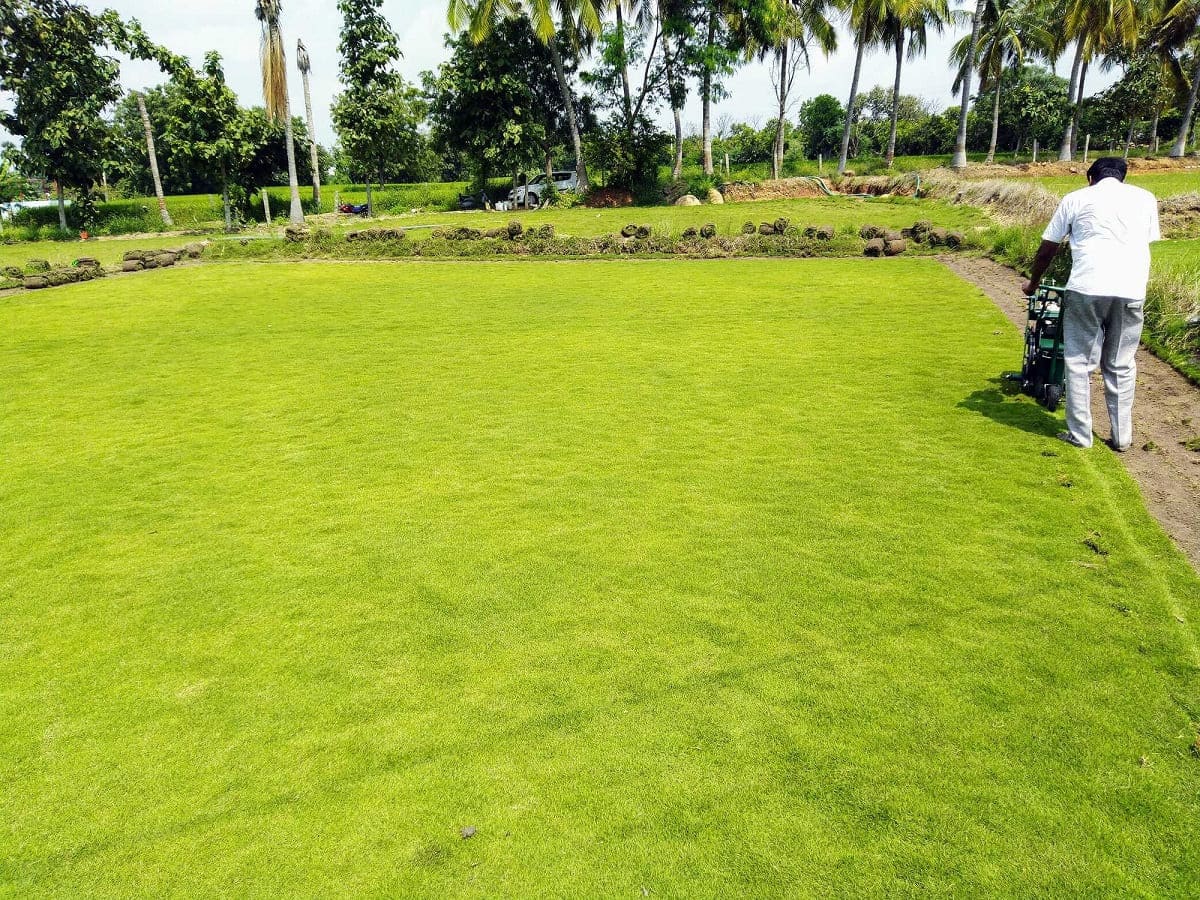

Landscaping Ideas
What Is A Carpet Grass Lawn
Modified: February 18, 2024
Discover the benefits of a carpet grass lawn for your landscaping ideas. Learn how to create a low-maintenance and lush green carpet grass lawn.
(Many of the links in this article redirect to a specific reviewed product. Your purchase of these products through affiliate links helps to generate commission for Storables.com, at no extra cost. Learn more)
Introduction
Carpet grass, scientifically known as Axonopus affinis, is a warm-season perennial grass that thrives in tropical and subtropical regions. It is a popular choice for lawns in areas with sandy soils and warm climates, thanks to its low-maintenance nature and ability to withstand heavy foot traffic. This resilient grass variety is valued for its dense, carpet-like growth and vibrant green hue, making it an attractive option for homeowners seeking a lush and uniform lawn.
Carpet grass is often chosen for its adaptability to a range of soil types, including acidic and infertile soils, where other grass species may struggle to flourish. Its ability to thrive in both full sun and partial shade further adds to its appeal, as it can be successfully established in various lawn environments. Additionally, carpet grass exhibits excellent tolerance to drought, making it a practical choice for regions with limited water availability.
In this comprehensive guide, we will explore the characteristics, growing conditions, care and maintenance requirements, as well as the benefits and drawbacks of carpet grass lawns. Whether you are considering carpet grass for your lawn or seeking insights into its unique properties, this article will provide valuable information to help you make informed decisions about your landscaping endeavors.
Key Takeaways:
- Carpet grass is a resilient and low-maintenance option for lush lawns in warm climates, offering vibrant green color and adaptability to various soil types and light conditions.
- While carpet grass provides a visually appealing and practical lawn solution, it may have drawbacks such as slow establishment, shade intolerance, and winter sensitivity, requiring proactive care and management.
Read more: What Is The Best Lawn Grass
Characteristics of Carpet Grass
Carpet grass, known for its robust and resilient nature, possesses a distinct set of characteristics that make it a desirable choice for lawns in certain climates. Understanding these traits can help homeowners determine if carpet grass is the right fit for their landscaping needs.
- Growth Pattern: Carpet grass is characterized by its low, creeping growth habit, forming a dense carpet-like turf. This growth pattern makes it an excellent choice for areas where a uniform and lush lawn is desired.
- Leaf Structure: The leaves of carpet grass are broad and coarse, with a slightly folded or V-shaped appearance. This unique leaf structure contributes to the grass’s ability to withstand heavy foot traffic and recover quickly from wear and tear.
- Color and Texture: The grass exhibits a vibrant green color, adding a visually appealing touch to the landscape. Its fine texture, although not as fine as some other grass varieties, contributes to its overall attractiveness and resilience.
- Adaptability: Carpet grass is well-suited to acidic, sandy, and infertile soils, making it an ideal choice for areas where other grass species may struggle to thrive. It also demonstrates good tolerance to salt, further expanding its adaptability to various environments.
- Growth Rate: While carpet grass has a relatively slow growth rate compared to some other warm-season grasses, its ability to form a dense turf compensates for this characteristic, resulting in a visually pleasing and resilient lawn.
These characteristics collectively contribute to carpet grass’s appeal as a practical and visually pleasing option for homeowners seeking a low-maintenance and resilient lawn solution. By understanding the unique traits of carpet grass, individuals can make informed decisions about its suitability for their specific landscaping requirements.
Growing Conditions for Carpet Grass
Carpet grass thrives under specific growing conditions, and understanding these requirements is essential for successful establishment and maintenance of a lush and healthy lawn. Whether you are considering planting carpet grass or seeking to optimize its growth, the following growing conditions are crucial to its overall health and vigor.
- Climate: Carpet grass is well-suited to tropical and subtropical climates, where warm temperatures prevail for most of the year. It is not well-adapted to cooler regions and may struggle to survive in areas with extended periods of cold weather.
- Soil Type: This grass variety prefers well-drained, sandy soils with acidic to slightly alkaline pH levels. It can tolerate infertile soils and is often chosen for its ability to thrive in areas where other grass species struggle to establish a healthy turf.
- Moisture: While carpet grass exhibits good drought tolerance once established, it benefits from consistent moisture during its initial growth stages. Adequate irrigation is crucial for promoting healthy root development and overall vigor, particularly in drier climates.
- Light Exposure: Carpet grass can thrive in both full sun and partial shade, making it a versatile option for lawns with varying light conditions. However, it may exhibit lusher growth in areas with ample sunlight.
- Establishment Period: When planting carpet grass from seed, it is important to allow for an extended establishment period. While the grass will gradually form a dense turf over time, initial growth may be slow, requiring patience and consistent care during the early stages.
By providing the right growing conditions, homeowners can create an environment conducive to the successful establishment and growth of carpet grass. Understanding the specific climate, soil, moisture, and light requirements of this grass variety is essential for cultivating a thriving and visually appealing lawn.
Care and Maintenance of Carpet Grass
Proper care and maintenance are essential for nurturing a healthy and vibrant carpet grass lawn. By following recommended practices and addressing key maintenance tasks, homeowners can ensure the longevity and visual appeal of their grassy carpet. The following guidelines outline crucial aspects of care and maintenance for carpet grass lawns.
- Regular Mowing: Maintaining an optimal mowing height of around 1.5 to 2 inches is recommended for carpet grass. Regular mowing helps promote a dense and uniform turf while preventing the grass from becoming excessively tall and straggly.
- Watering: While carpet grass exhibits good drought tolerance once established, it benefits from consistent moisture, particularly during dry periods. Deep, infrequent watering is preferable to frequent shallow watering, as it encourages robust root development.
- Fertilization: Carpet grass generally requires minimal fertilization, especially when grown in nutrient-poor soils. Applying a balanced, slow-release fertilizer in early spring can support healthy growth without promoting excessive thatch accumulation.
- Weed Control: Regular inspection and manual removal of weeds can help maintain the integrity of the carpet grass lawn. Additionally, applying pre-emergent herbicides in early spring can prevent weed seeds from germinating and competing with the grass.
- Aeration: Periodic core aeration can alleviate soil compaction and promote better air, water, and nutrient penetration to the grass roots. This practice supports overall turf health and vigor.
- Pest and Disease Management: Monitoring the lawn for signs of pests and diseases is crucial for early intervention. Prompt treatment and preventive measures can help safeguard the carpet grass from potential damage.
By adhering to these care and maintenance practices, homeowners can ensure that their carpet grass lawn remains healthy, resilient, and visually appealing. Implementing a proactive approach to lawn care and addressing maintenance tasks in a timely manner can contribute to the long-term success of carpet grass in the landscape.
Choose a sunny spot for your carpet grass lawn, as it thrives in full sun. Keep the soil moist but well-drained, and mow regularly to maintain a healthy and attractive lawn.
Benefits of Carpet Grass Lawns
Carpet grass lawns offer a range of benefits that make them an attractive choice for homeowners seeking a low-maintenance and visually appealing turf option. Understanding the advantages of carpet grass can help individuals make informed decisions about their landscaping preferences and the suitability of this grass variety for their specific needs.
- Low Maintenance: Carpet grass is prized for its minimal maintenance requirements, making it an ideal choice for homeowners seeking a hassle-free lawn solution. Its ability to form a dense and uniform turf reduces the need for frequent mowing and extensive care.
- Resilience: The robust nature of carpet grass enables it to withstand heavy foot traffic, making it an excellent choice for lawns that experience regular use. Its ability to recover quickly from wear and tear contributes to its longevity and visual appeal.
- Adaptability: Carpet grass exhibits good adaptability to a range of soil types, including acidic and infertile soils. This adaptability makes it a practical choice for areas where other grass species may struggle to establish a healthy turf.
- Drought Tolerance: Once established, carpet grass demonstrates good tolerance to drought, allowing it to thrive in regions with limited water availability. This characteristic contributes to water conservation efforts and reduces the need for excessive irrigation.
- Visual Appeal: The dense, carpet-like growth pattern and vibrant green color of carpet grass contribute to its visual appeal, enhancing the overall aesthetics of the landscape. Its fine texture and uniform appearance add to the attractiveness of the lawn.
- Soil Erosion Control: The dense growth habit of carpet grass helps stabilize the soil, making it beneficial for erosion control on sloped landscapes or areas prone to soil movement.
By recognizing the benefits of carpet grass lawns, homeowners can gain insight into the practical advantages of choosing this grass variety for their landscaping needs. Whether prioritizing low maintenance, resilience, adaptability, or visual appeal, carpet grass offers a range of benefits that cater to diverse preferences and environmental considerations.
Drawbacks of Carpet Grass Lawns
While carpet grass offers several advantages, it is important to consider potential drawbacks associated with this grass variety. Understanding the limitations can help homeowners make informed decisions about whether carpet grass is the right choice for their specific landscaping needs and environmental conditions.
- Slow Establishment: Carpet grass has a relatively slow growth rate, especially when established from seed. This slow establishment period may require patience and consistent care to achieve a fully developed and dense turf.
- Shade Intolerance: While carpet grass can tolerate partial shade, it may exhibit reduced vigor and density in areas with limited sunlight. This characteristic may limit its suitability for landscapes with extensive shading from trees or structures.
- Thatch Accumulation: Without proper maintenance, carpet grass lawns may be prone to thatch buildup, which can hinder water and nutrient penetration to the soil. Regular dethatching may be necessary to prevent this issue.
- Winter Sensitivity: In regions with cold winters, carpet grass may experience dormancy or dieback, requiring reseeding or overseeding to restore its density and vigor in the spring. This sensitivity to cold temperatures may limit its suitability in cooler climates.
- Weed Susceptibility: While carpet grass can form a dense turf, it may be susceptible to weed invasion if not properly maintained. Vigilant weed control measures may be necessary to prevent weed encroachment on the lawn.
- Limited Cold Tolerance: Carpet grass is not well-adapted to cold climates and may struggle to survive prolonged periods of low temperatures. This limitation restricts its suitability for regions with harsh winter conditions.
By acknowledging the potential drawbacks of carpet grass lawns, homeowners can make informed assessments of whether this grass variety aligns with their landscaping goals and the environmental characteristics of their region. While carpet grass offers many benefits, understanding its limitations is essential for realistic expectations and effective lawn management.
Conclusion
Carpet grass, with its resilient nature and low-maintenance appeal, presents an attractive option for homeowners seeking a lush and visually appealing lawn. Understanding the unique characteristics, growing conditions, care requirements, as well as the benefits and drawbacks of carpet grass lawns is essential for making informed decisions about landscaping choices.
By recognizing the adaptability, drought tolerance, and minimal maintenance needs of carpet grass, homeowners can appreciate its potential to thrive in diverse environments and contribute to water conservation efforts. The dense growth pattern and vibrant green color of carpet grass further enhance its visual appeal, making it a desirable choice for those prioritizing a lush and uniform lawn aesthetic.
While carpet grass offers practical advantages, it is important to consider potential drawbacks such as slow establishment, shade intolerance, and winter sensitivity, particularly in regions with cooler climates. By addressing these limitations and implementing proactive lawn care practices, homeowners can mitigate potential challenges and optimize the long-term health and vigor of their carpet grass lawns.
In conclusion, carpet grass stands as a resilient and visually appealing grass variety that caters to specific landscaping needs and environmental conditions. Its ability to thrive in sandy, acidic soils, along with its low-maintenance requirements, makes it a valuable asset for homeowners seeking a practical and attractive lawn solution. By understanding the unique properties and considerations associated with carpet grass, individuals can make informed choices that align with their landscaping preferences and contribute to the overall beauty and sustainability of their outdoor spaces.
Frequently Asked Questions about What Is A Carpet Grass Lawn
Was this page helpful?
At Storables.com, we guarantee accurate and reliable information. Our content, validated by Expert Board Contributors, is crafted following stringent Editorial Policies. We're committed to providing you with well-researched, expert-backed insights for all your informational needs.
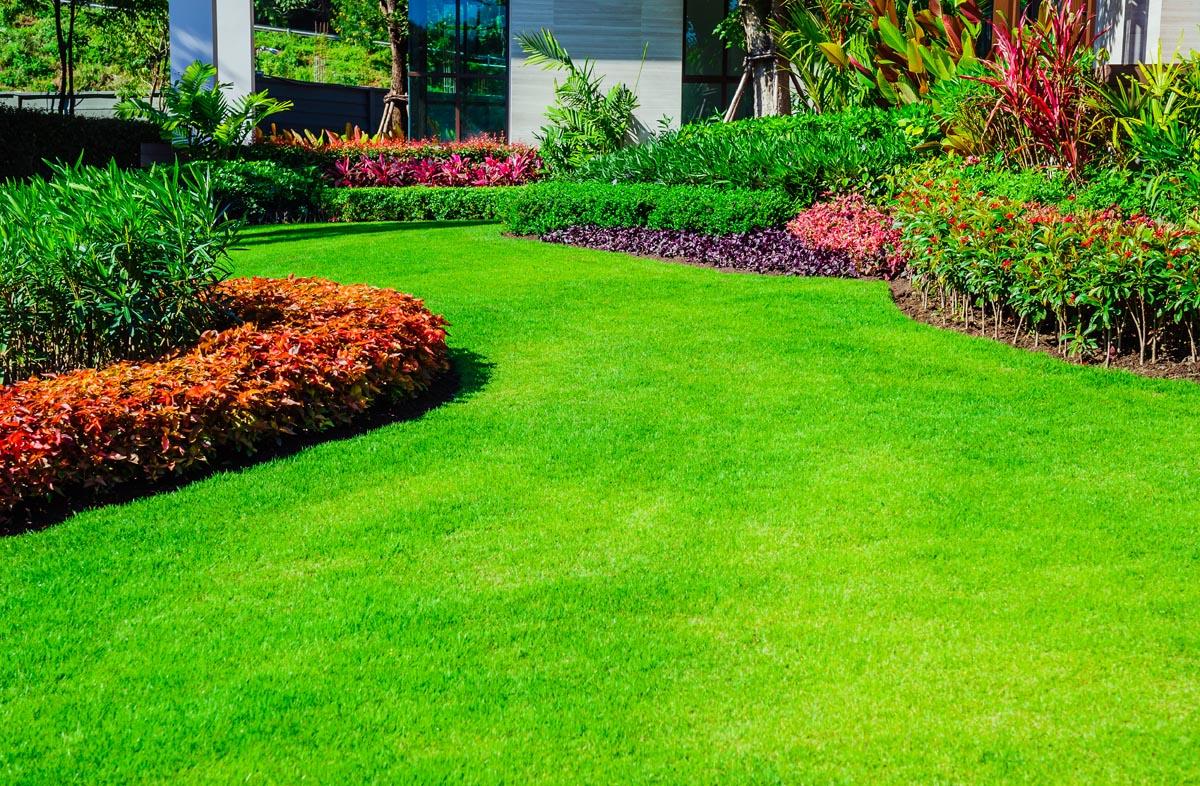
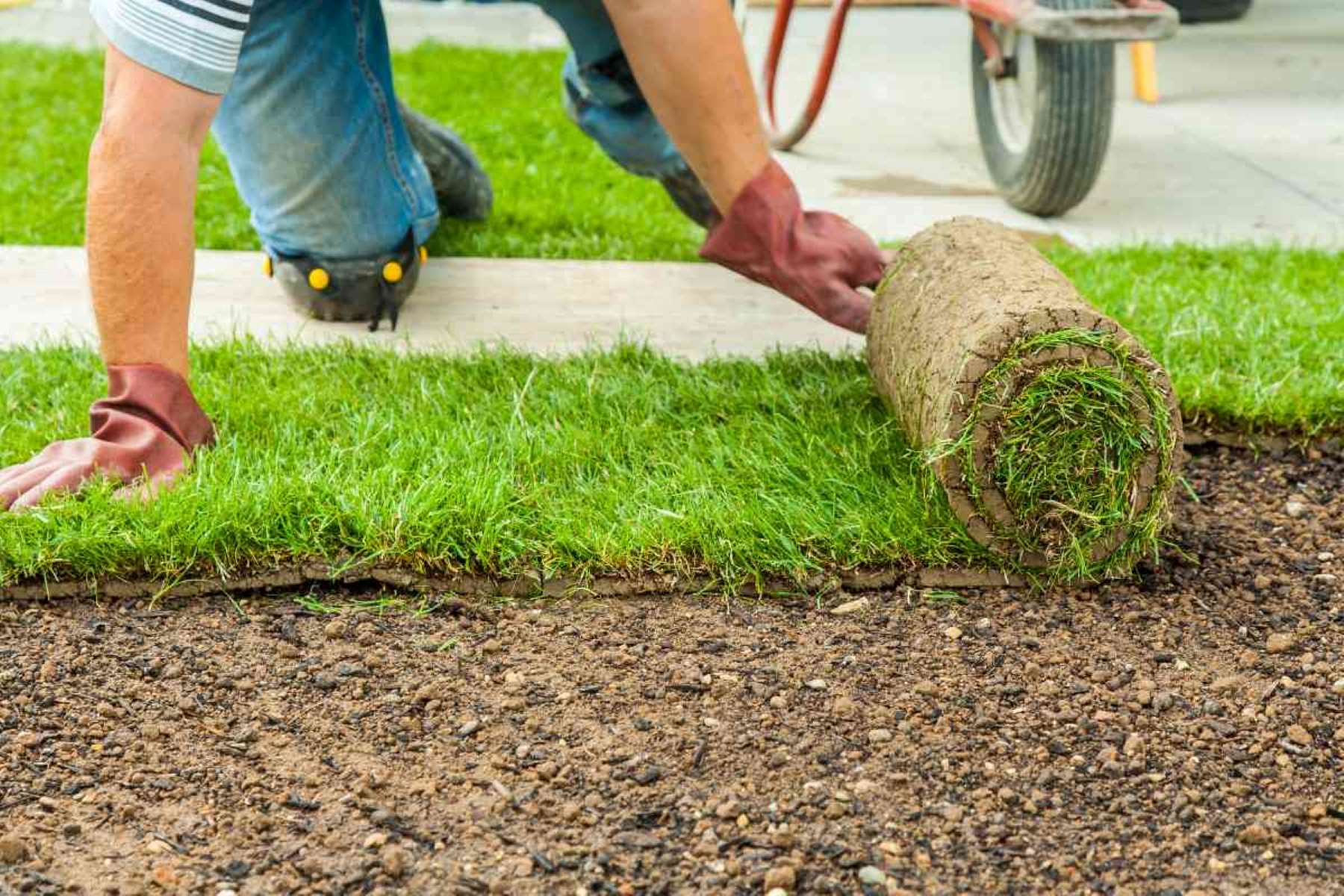
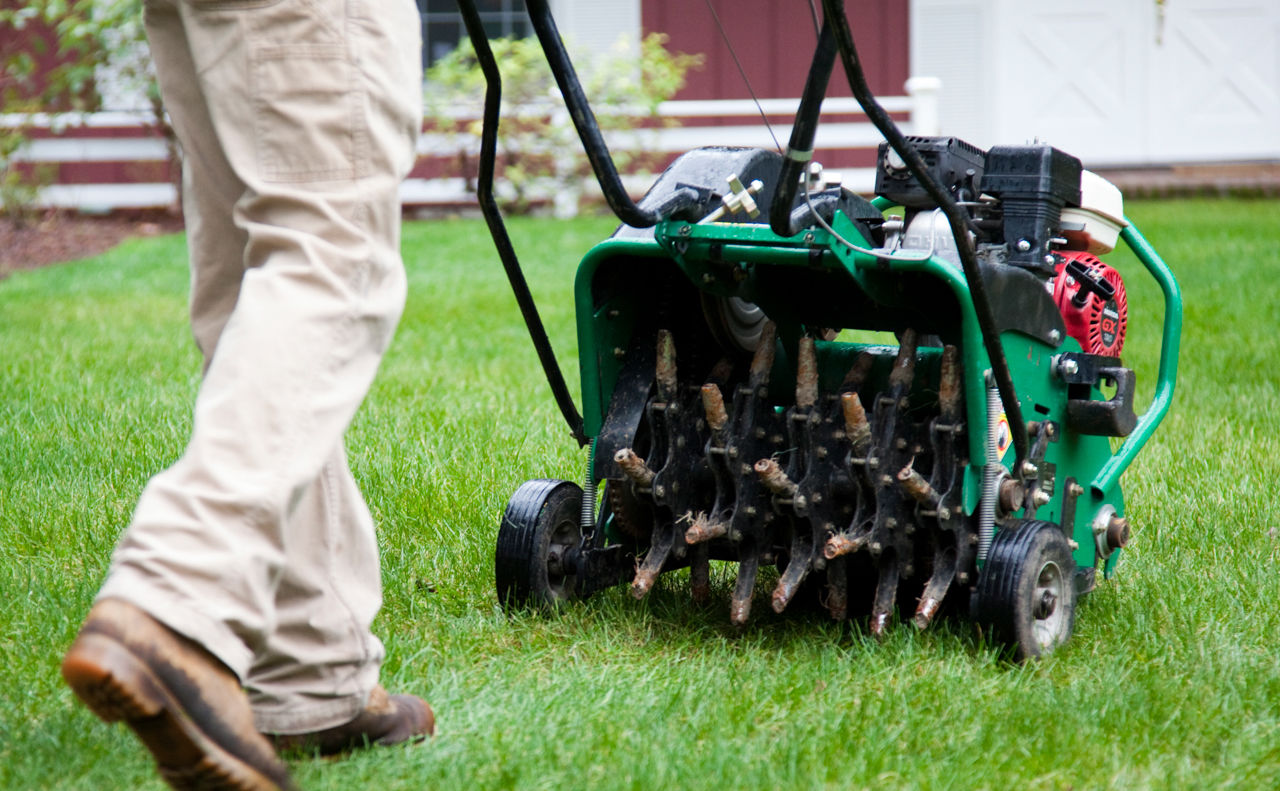
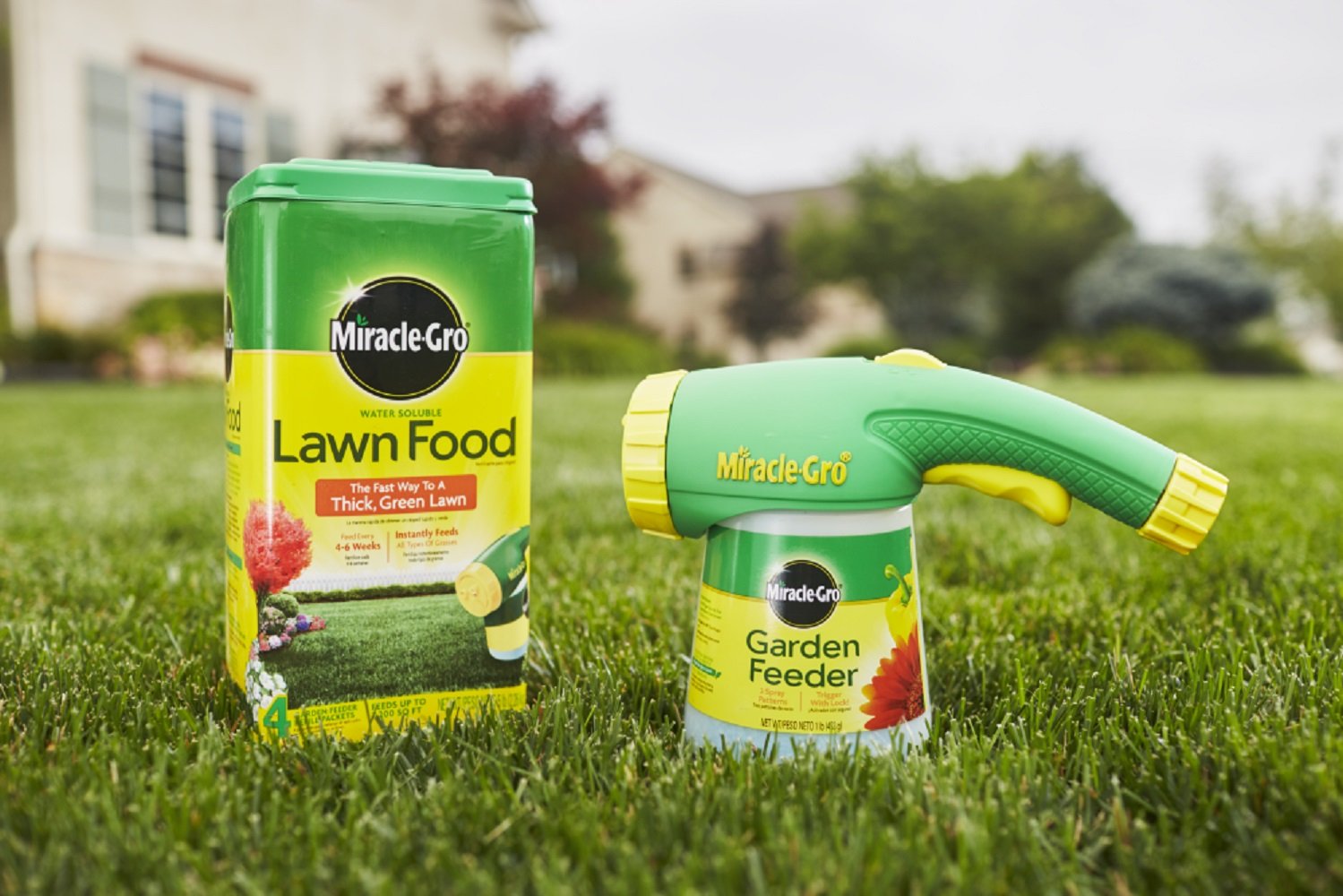
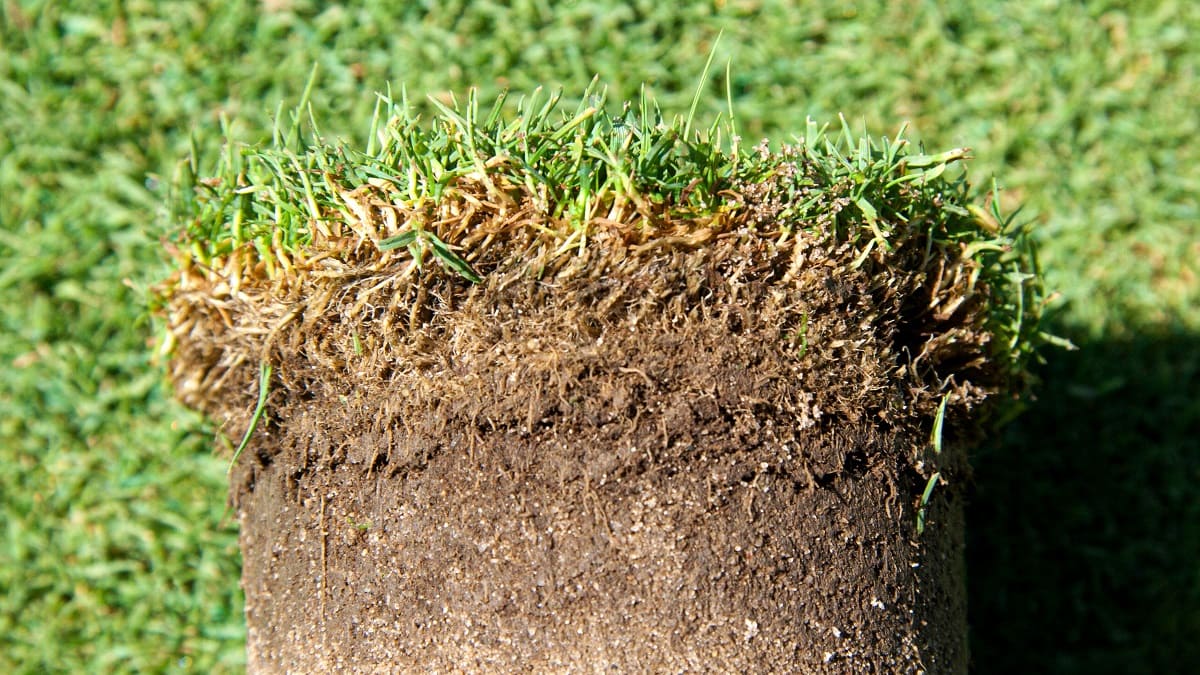
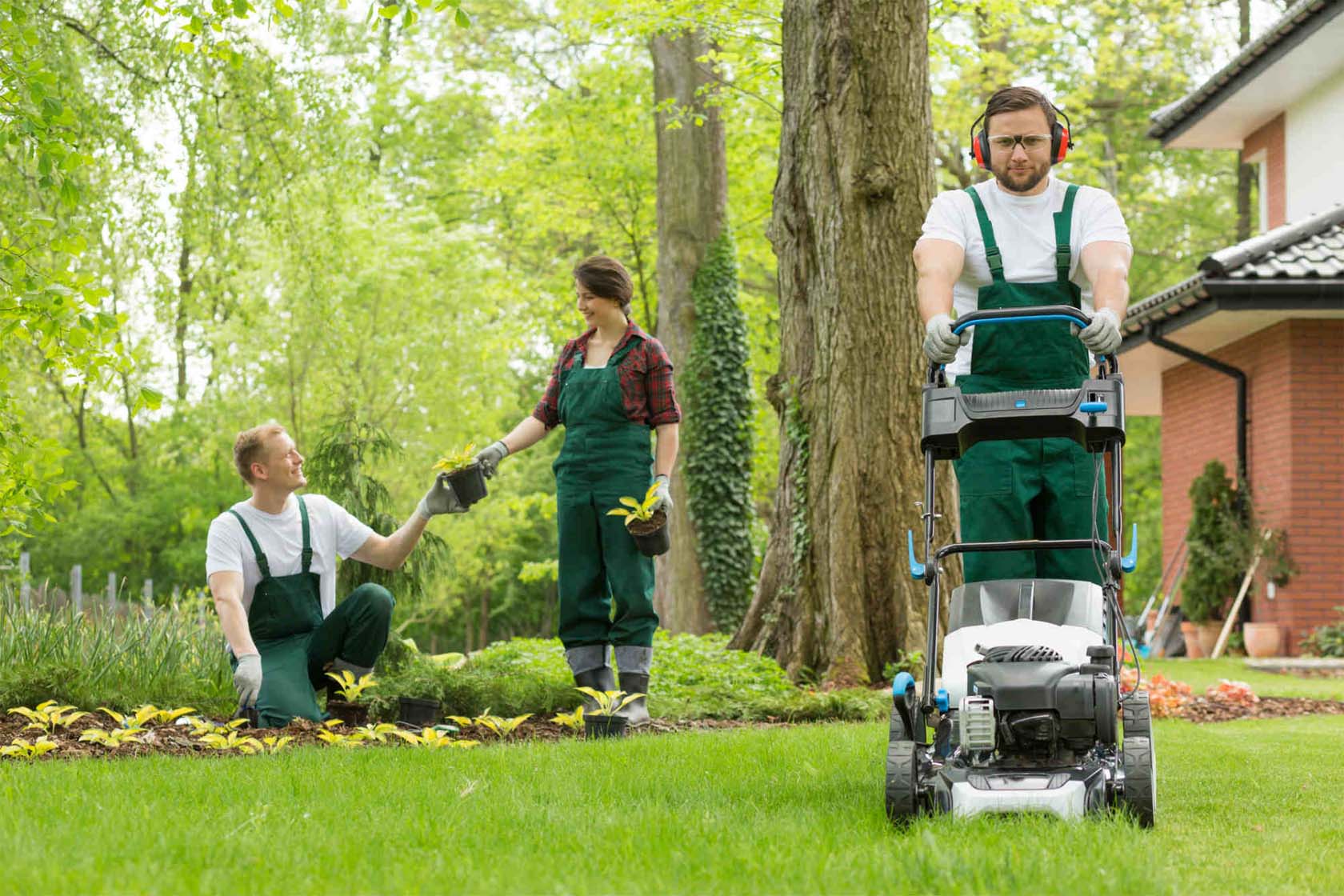
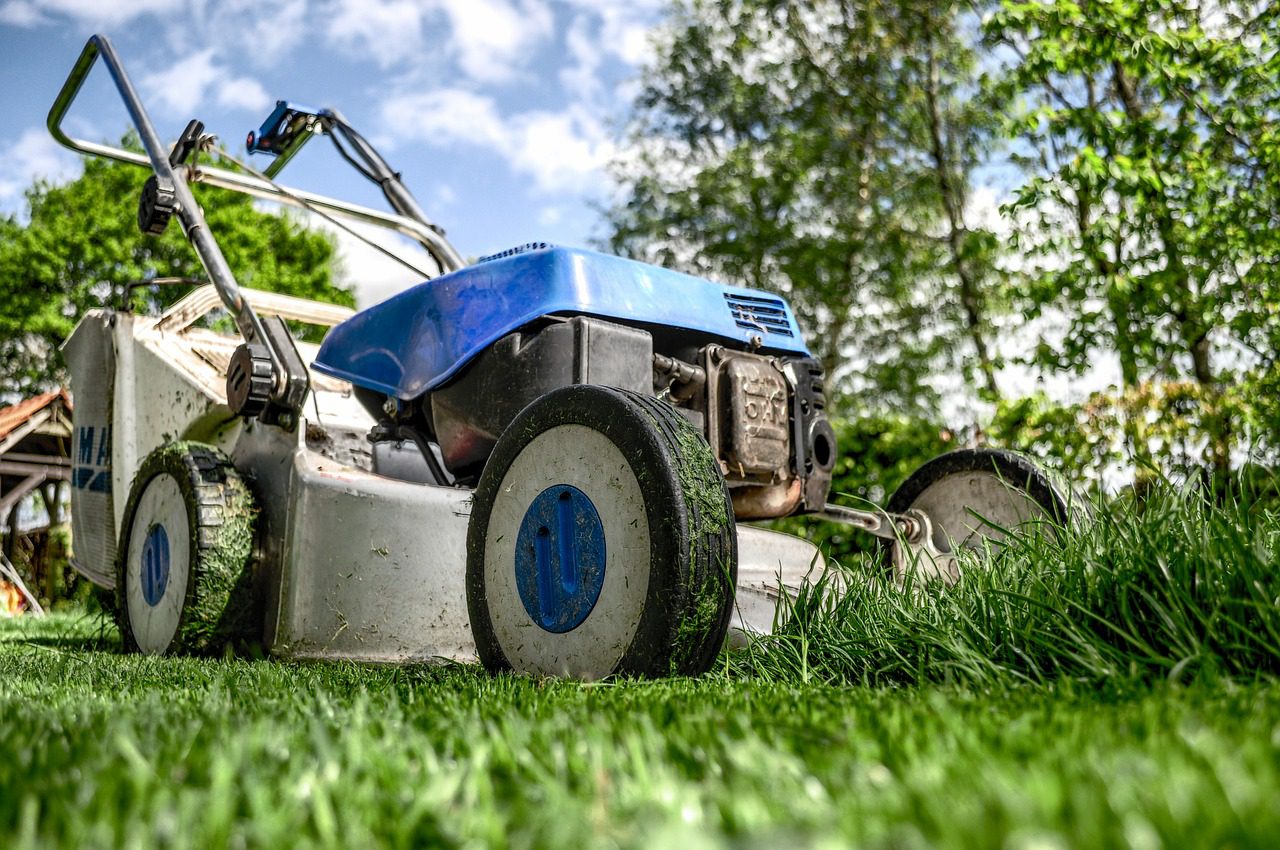
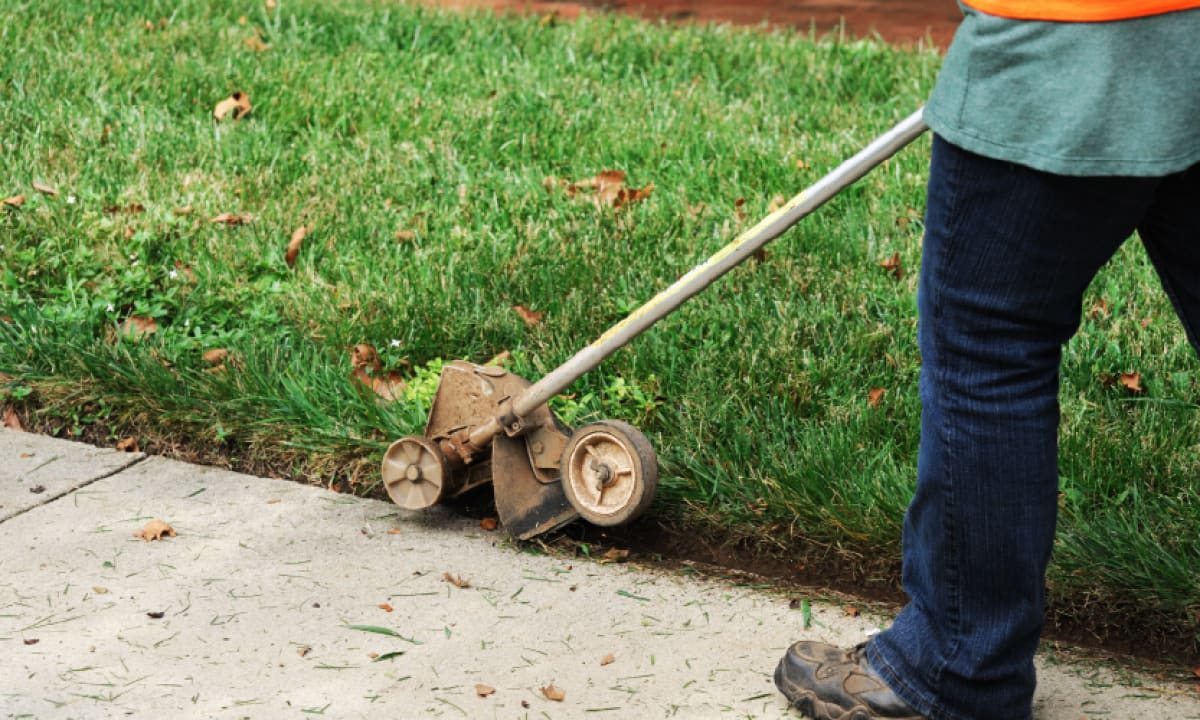
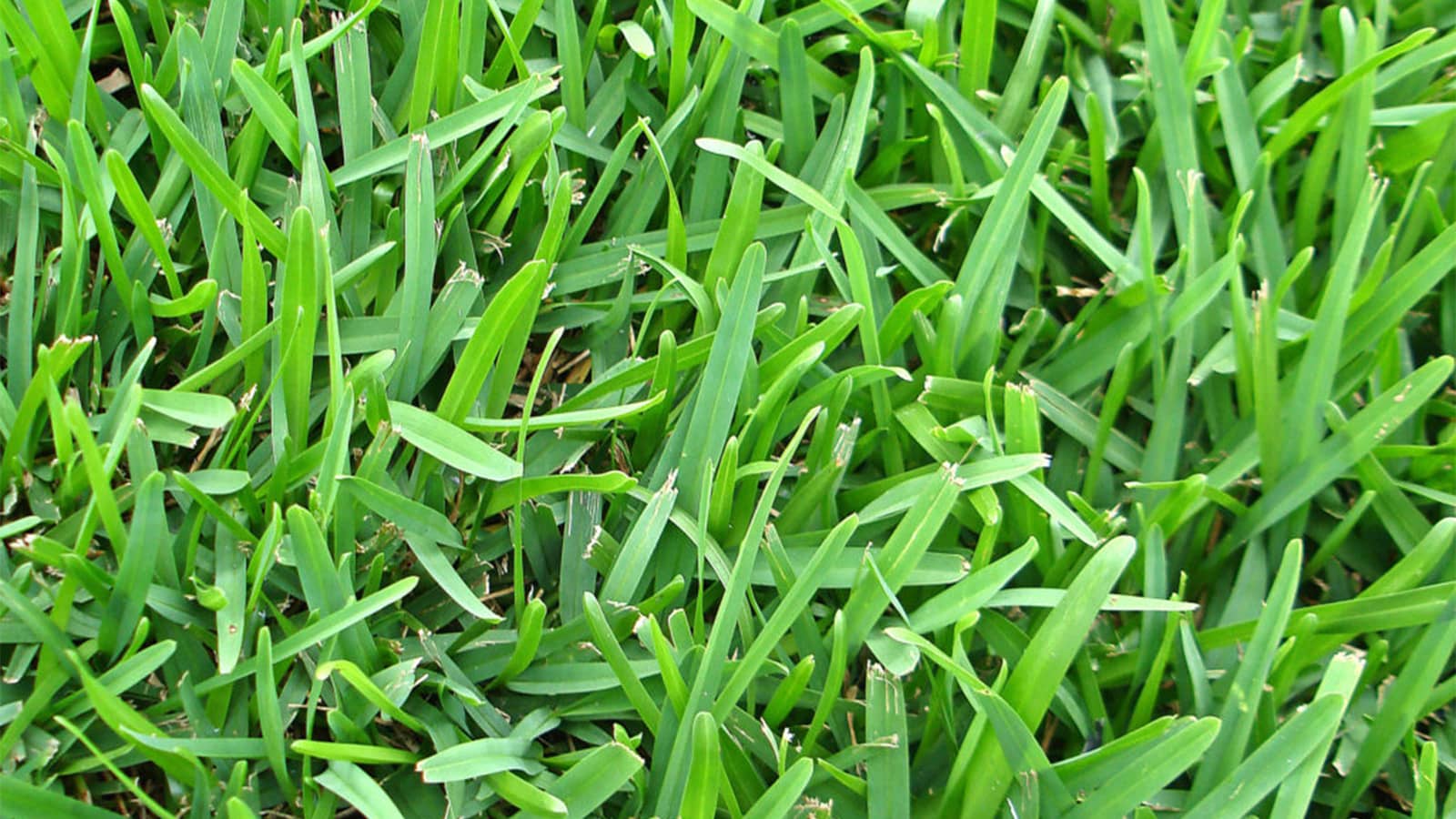
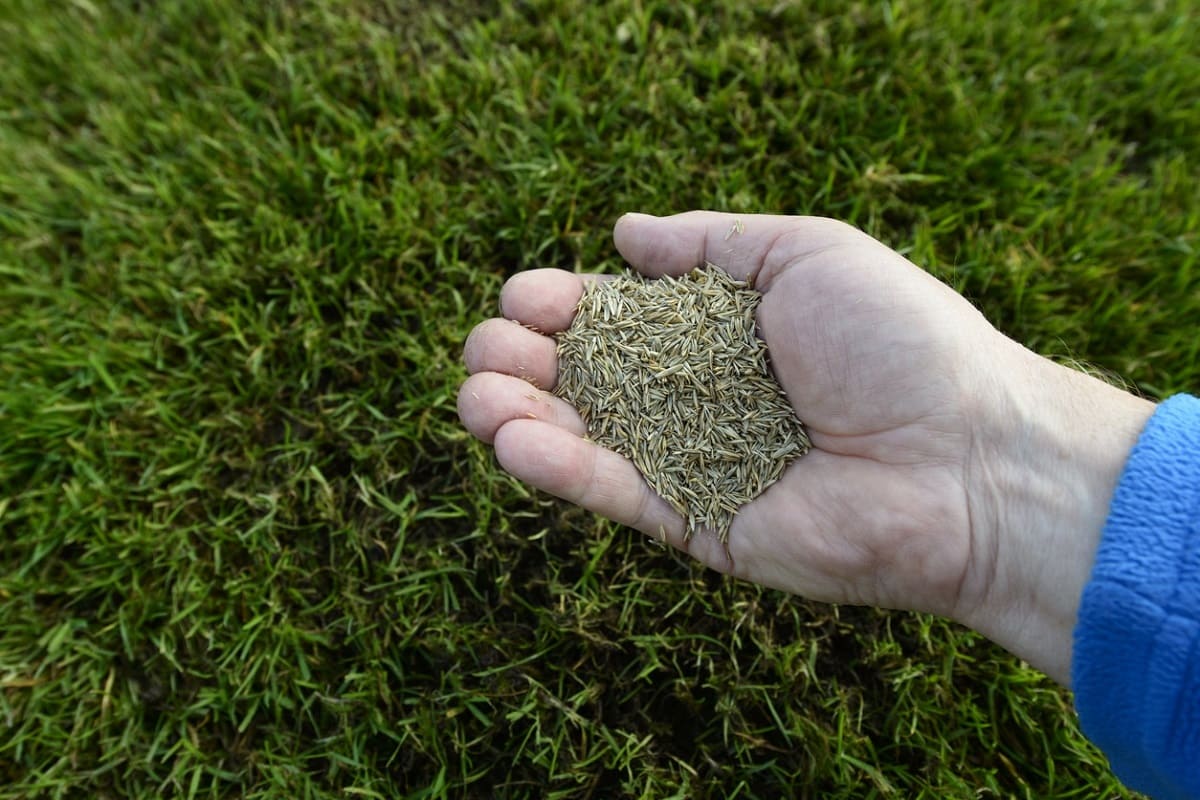
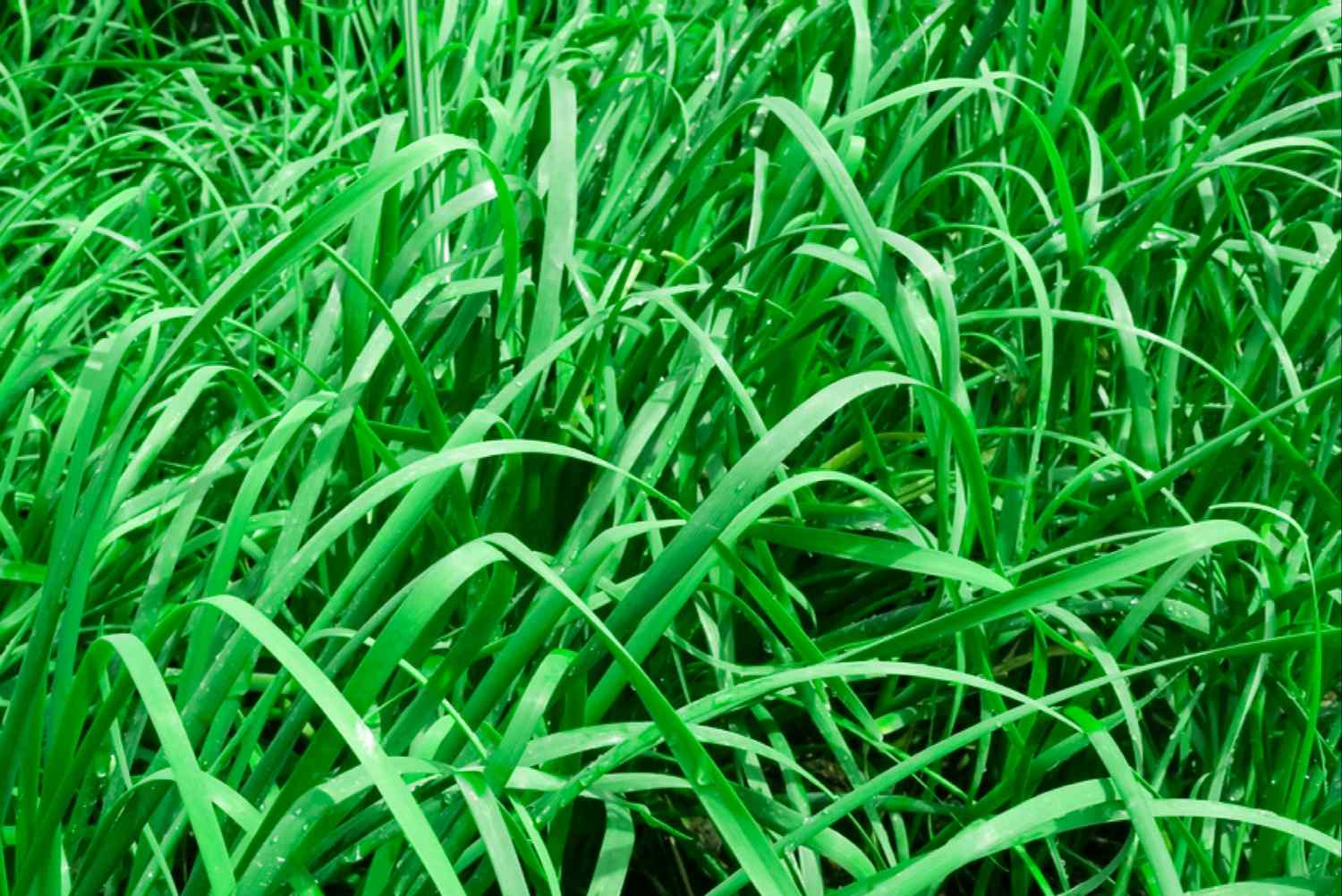
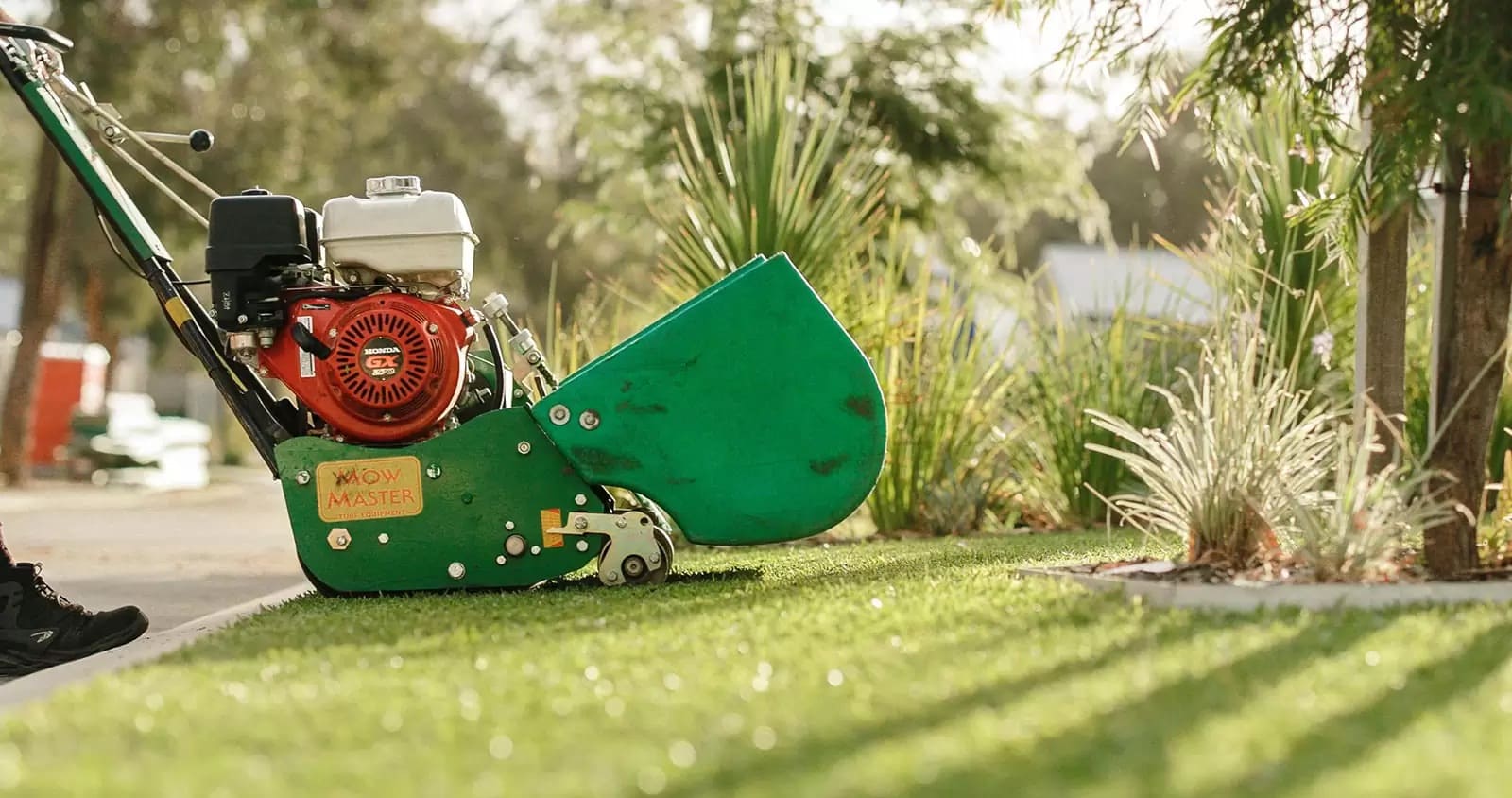
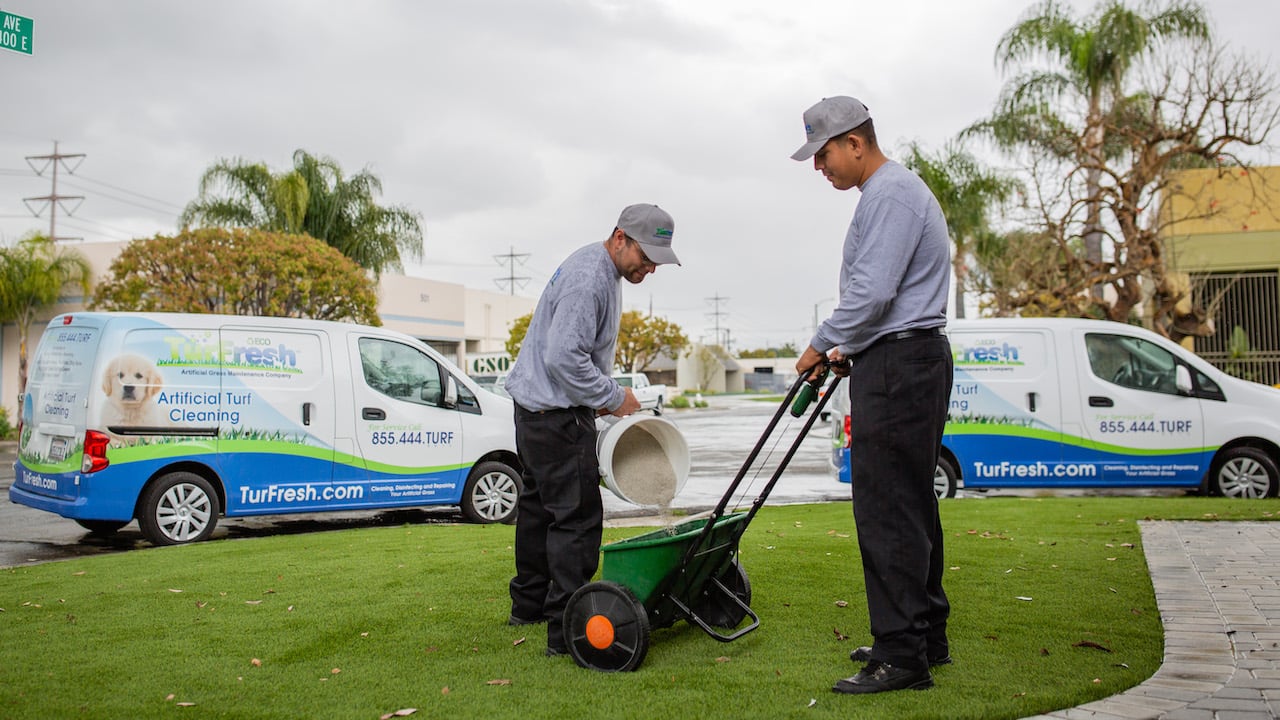


0 thoughts on “What Is A Carpet Grass Lawn”